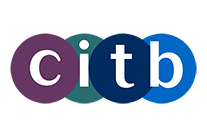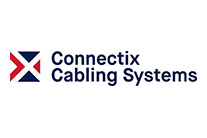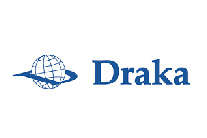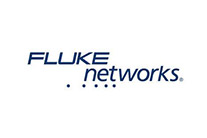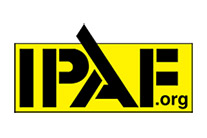A brief history of fibre optic cabling
30th April 2024

© HK_Pak_Shek_Kok_Science_Park / Wikimedia Commons / CC-BY-SA-3.0
Fibre optic cabling really is the backbone of modern communication networks. At C-Tech Solutions, we believe this invention does not get the credit it deserves.
Fibre optic cabling networks have revolutionised the way we send and receive information, offering speed and reliability which is unprecedented. The journey – from its concept to present day – is a fascinating tale of innovation, perseverance and the pursuit of progress.
In this post, we will explore the history of fibre optic cabling in a nutshell, tracing its origins to the indispensable technology we know it as today.
The Birth of Fibre Optics
Early experiments began in the 19th century in guiding light through streams of water. This is called total internal reflection and is the basis on which fibre optic communication was built.
In the 20th century, scientists and engineers came up with the idea of using glass or plastic fibres to transmit light signals. In the 1950s and 60s, scientists made groundbreaking discoveries that laid the foundations of fibre optic technology.
Narinder Singh Kapany is credited with coming up with the name “fibre optics”. Charles K. Kao researched the idea of glass fibres being used for long-distance communication. Today, Science Park, in Pak Shek Kok, Hong Kong, bears Kao’s name in tribute to his contribution to science.
The Evolution of Fibre Optic Cabling
The 1970s was a significant decade for fibre optic development. Low-loss optical fibres made long-distance communication feasible.
This period also brought the invention of the laser, which provided a powerful and precise source of light for transmitting data through these fibres. These advancements set the stage for the first commercial fibre optic communication systems in the 70s and 80s.
Expanding Globally
Moving on to the 1980s and 1990s, the world saw rapid technological expansion in many respects.
These advancements included fibre optics. This era brought the groundbreaking laying of transoceanic fibre optic cables, which literally joined together continents with strands of glass thinner than a human hair.
Fibre optic cabling had changed forever thanks to other developments, such as erbium-doped fibre amplifiers (boosting signal strength without converting it back to electrical signals), and wavelength-division multiplexing (WDM).
The Modern Day
Today, we’ve seen fibre optic technology evolve into a cornerstone of global communication infrastructure. There is capacity for virtually limitless bandwidth and systems are growing more resistant to electromagnetic interference.
We can’t wait to see what comes next!
From its humble beginnings in the 1800s to its huge role in 21st century communications, human ingenuity can be seen in the story of fibre optic cabling. Fibre optics will continue to evolve and we are excited to be a part of this ever-changing industry.
If you’d like to find out about how we can help engrain fibre optics into your home or business, contact us today for a chat!
To share this post please choose your platform!
Contact C-Tech Solutions
If you’re looking for an experienced and reliable partner with considerable expertise in network infrastructure, fibre-optics, copper cabling and all related building services then we invite you to reach out to our team.
See why a growing number of organisations trust C-Tech as their preferred supplier.












